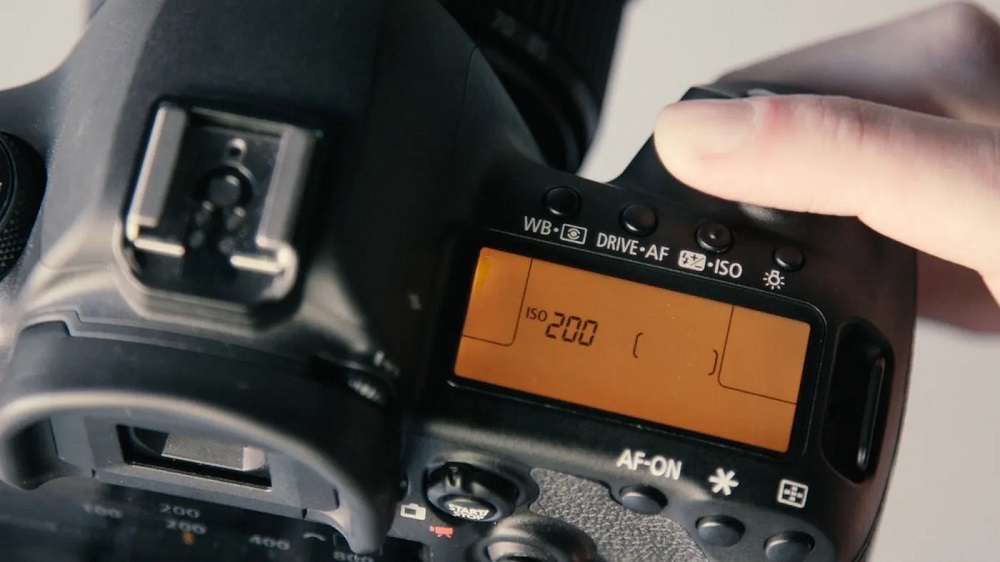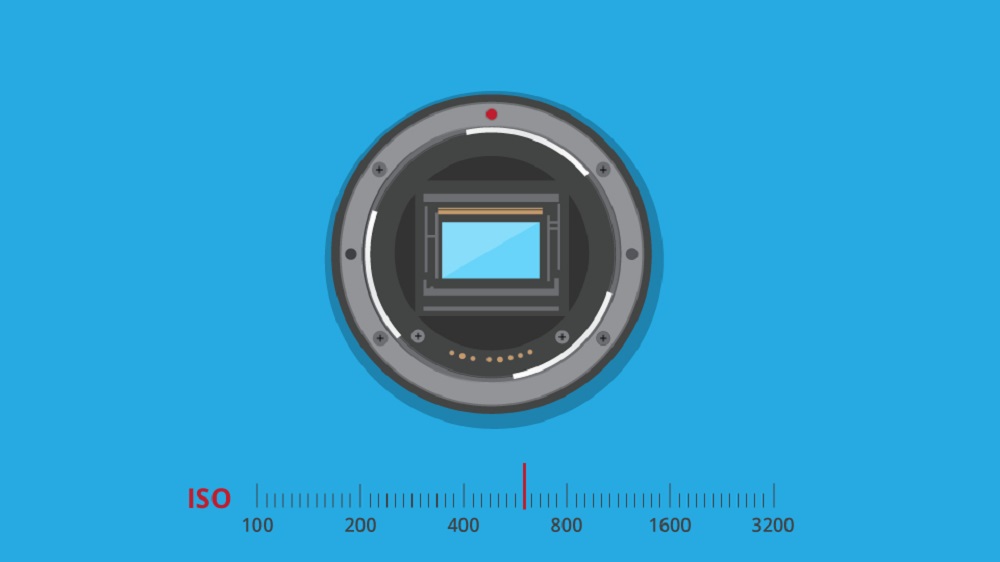ISO is a term used in photography to refer to the light sensitivity of the camera. It’s measured in numbers, like 100 or 6400, with lower numbers being more sensitive to light and higher numbers being less sensitive.
The lower the number, the more sensitive your camera is to light. So, if you want to take photos in low-light conditions (like inside), you’ll want a low ISO. If you want your photos to be brighter and sharper, then choosing a higher ISO level will achieve that effect for you!
What is ISO?
The term “ISO” is used to describe the sensitivity of a camera’s sensor. As you increase your ISO, the camera sensor becomes more sensitive to light, allowing you to shoot in darker environments. The downside of doing this is that it will also cause an increase in graininess in your photos and make them look less sharp as well.

How does ISO work?
ISO is a measure of how sensitive a camera’s sensor is to light. It determines how much light the sensor needs to produce a certain amount of image brightness, and it’s measured in numbers from 100 to 6400 (or higher).
The higher the ISO number, the more sensitive your camera’s sensor will be. But this comes at a cost: increased noise and reduced dynamic range.
How to set your ISO level on a camera
In photography, ISO is a measurement of how sensitive your camera’s sensor is to light. The higher the ISO number, the more sensitive the sensor and conversely, the lower your camera’s ISO setting (i.e., 100) will be less sensitive than one at 200 or 400.
The proper use of an appropriate ISO setting can help you achieve better results in low-light situations as well as capture fast action shots without blurriness or motion blur when using slower shutter speeds.
How to read your camera’s ISO number/level
Reading your camera’s ISO number/level is easy. Most cameras display the ISO in the form of a three-digit number, with each digit representing a different part of the equation: base ISO, multiplier and fractional part.
For example: 100 = 1; 200 = 2; 400 = 1/2
Best practices on ISO setting
Incidentally, the number at the end of each ISO setting represents how many times more sensitive to light it is than its predecessor. In other words, if you have an aperture of f/5 and your camera’s lowest ISO setting is 100, then that means it’s four times more sensitive than when you used that same aperture but with an ISO 1600 setting.
Since there are only so many factors photographers can control in their work and because not all situations call for different settings. We recommend sticking with one or two specific settings on your camera to help keep things simple. We’ll talk about what those should be shortly!
Conclusion
If you’re new to photography, these tips can help you get started. If you’re an experienced photographer, they’ll help you understand how ISO works and how it can be used to achieve the desired results.

